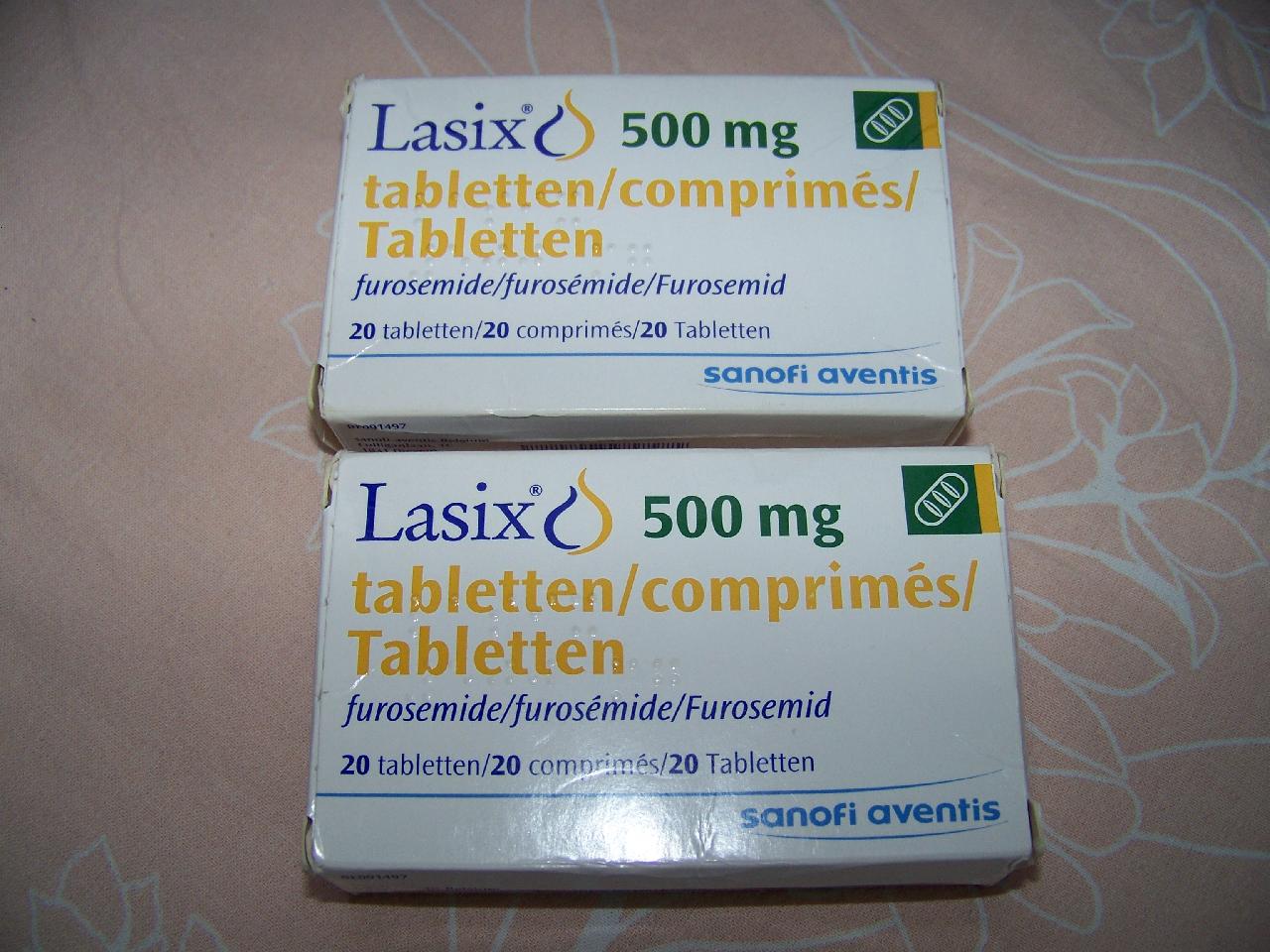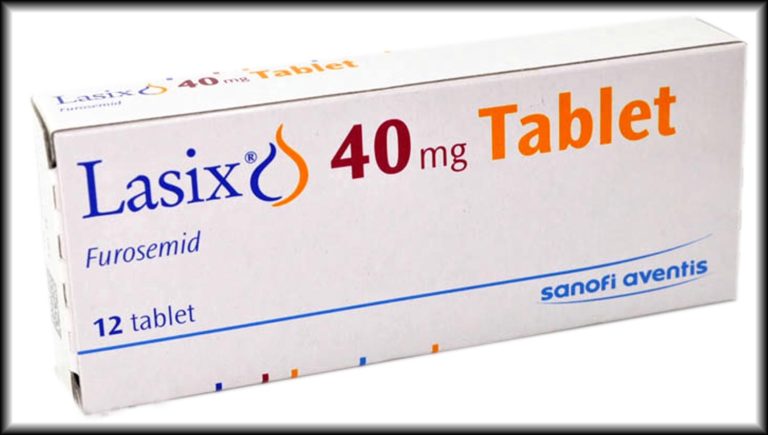The diuretic lasix
One of the most powerful diuretics is the diuretic Lasix. This medication is highly effective and has a minimum number of serious side effects. An important advantage of "Lasix" is the availability of various dosage forms and due to this it can be used in all sorts of situations, both planned and critical. It is necessary to use this pharmaceutical preparation only as prescribed by a specialized specialist and only in the doses indicated by him.
"Lasix" is one of the strongest diuretics, with minimal cases of side effects.
Pharmacological group
The drug "Lasix" refers to the "loop" diuretic drugs. ATS code C03C A01. Furosemide acts as an active substance, which affects the kidneys, namely, it stimulates the export of excess water, salt and sodium with urine, but does not retain calcium, magnesium and potassium, which in most cases is dangerous with negative consequences. Furosemide increases urine production and therefore Lasix is considered a diuretic drug. The drug acts on the loop of Henle and, based on this, it is referred to as a "loop" diuretic.
Release form and composition of the product
The described pharmacological agent is produced in two forms: tablets and injections. The tablet form of the drug contains the following components:
- furosemide;
- corn starch;
- milk sugar;
- talc;
- food emulsifier E572;
- colloidal anhydrous silicon.
 Lasix is available in solid form and in ampoules.
Lasix is available in solid form and in ampoules. The drug in ampoules includes furosemide as an active substance, and such additional elements:
- sodium chloride;
- caustic soda;
- distilled water.
Diuretic tablets "Lasix" are packed in 10 pieces in foil strips. Each carton pack contains 5 strips. You can buy medicine in pharmacies, packaged in 15 tablets in a plate, then there will be 3 pcs in a pack. The solution for i / m and / in the introduction is a clear liquid, poured into glass ampoules. The ampoules are placed in blister packs made of plastic, one piece per pack.
Indications for the use of the drug
Lasix is prescribed for patients who have the following pathologies:
- edema resulting from diseases of the liver, kidneys and heart ailments;
- edema due to burn disease or acute failure of the left ventricle of the heart.
- forced diuresis;
- hypertonic disease.
Contraindications
 "Lasix" is not treated during pregnancy, feeding, with gout, renal failure.
"Lasix" is not treated during pregnancy, feeding, with gout, renal failure. - lack of potassium and sodium in the body;
- kidney dysfunction, accompanied by a lack of urine flow to the bladder;
- decrease in the volume of blood circulation;
- acute glomerulonephritis;
- arterial hypotension;
- hypersensitivity to the components of the drug;
- gout;
- failure of the outflow of urine;
- pregnancy;
- inflammation of the pancreas;
- lactation period.
Method of application and dosage
They give injections and put droppers to patients if oral administration of the drug is not possible, or with a pronounced edematous phenomenon. The dosage is selected by the attending physician individually for each patient. Start taking with the smallest doses, which are sufficient to manifest the desired effect. With pathologies of the heart, edema is removed by drinking 20-80 mg of Lasix per day. If the edematous syndrome occurs with hypertension, then the diuretic medication is recommended to be taken at 80 mg per day, dividing the dose into 2 doses: in the morning and in the afternoon. In case of pulmonary edema, a diuretic is administered intravenously at first 40 mg, and if necessary, after half an hour, another 20-40 mg.




